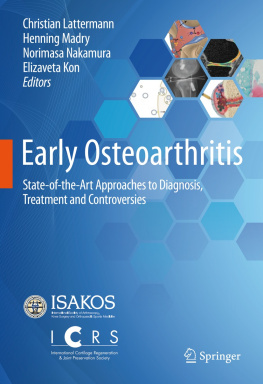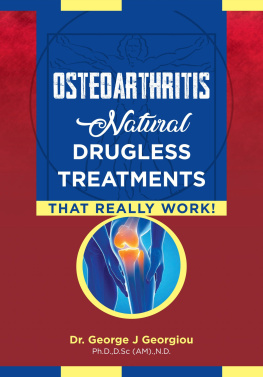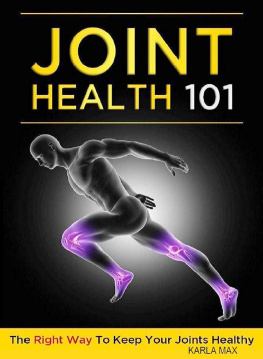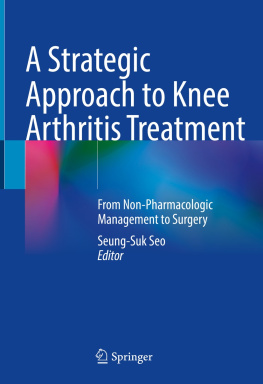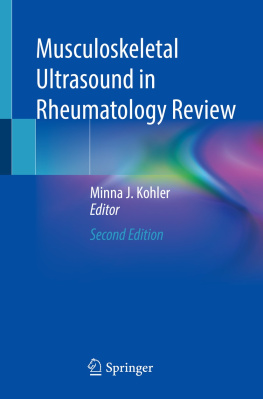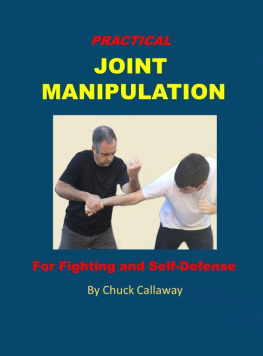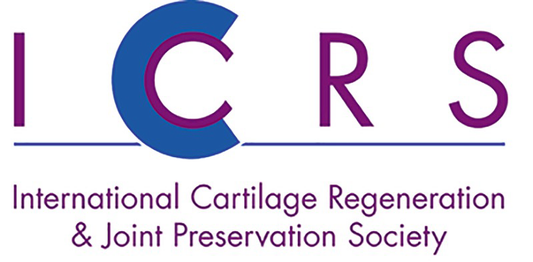Editors
Christian Lattermann
Brigham and Womens Hospital Harvard Medical School, Boston, MA, USA
Henning Madry
Zentrum fur Experimentelle Orthopdie, Universittsklinikum des Saarlandes, Homburg, Saarland, Germany
Norimasa Nakamura
Institute for Medical Science in Sports, Osaka Health Science University, Osaka, Japan
Elizaveta Kon
Department of Biomedical Sciences, Humanitas Research Hospital, Rozzano, Italy
ISBN 978-3-030-79484-2 e-ISBN 978-3-030-79485-9
https://doi.org/10.1007/978-3-030-79485-9
ISAKOS 2022
This work is subject to copyright. All rights are reserved by the Publisher, whether the whole or part of the material is concerned, specifically the rights of translation, reprinting, reuse of illustrations, recitation, broadcasting, reproduction on microfilms or in any other physical way, and transmission or information storage and retrieval, electronic adaptation, computer software, or by similar or dissimilar methodology now known or hereafter developed.
The use of general descriptive names, registered names, trademarks, service marks, etc. in this publication does not imply, even in the absence of a specific statement, that such names are exempt from the relevant protective laws and regulations and therefore free for general use.
The publisher, the authors and the editors are safe to assume that the advice and information in this book are believed to be true and accurate at the date of publication. Neither the publisher nor the authors or the editors give a warranty, expressed or implied, with respect to the material contained herein or for any errors or omissions that may have been made. The publisher remains neutral with regard to jurisdictional claims in published maps and institutional affiliations.
This Springer imprint is published by the registered company Springer Nature Switzerland AG
The registered company address is: Gewerbestrasse 11, 6330 Cham, Switzerland
Preface
The definition and understanding of osteoarthritis have changed in the last decade, as we have learned to understand osteoarthritis as a continuous process that, once initiated, progresses. We have come to understand that this process is fuelled by mechanical as well as non-mechanical, inflammation or genetics-related factors and that many of our patients present to us are already on a spectrum of osteoarthritis, even though they may still be in the very early stages of this disease process. For this reason, we chose to create a dedicated book on Early Osteoarthritis. This is a compendium for all physicians treating young patients with old knees.
As we understand the early osteoarthritic process differently now than when we first were trained two decades ago, we also see new treatment approaches rise to the occasion. This book on Early Osteoarthritis will take a deep dive into the origin and detection of early osteoarthritis by approaching this topic in three parts:
Epidemiology and Risk
Basic Science
Clinical Treatment of Early OA
Part I Early Osteoarthritis Definition, Epidemiology and Risk is dedicated to methods for early detection as well as epidemiological and economic aspects of the disease process in young individuals. Specifically the role common sports injuries, such as an ACL injury, play as a starting point for early osteoarthritis is being examined and introduced.
In Part II Basic Science of Early Osteoarthritis, we focus on lesser known but important aspects of early OA that inform us about potential future treatment approaches. The role of inflammation and the immune system in early OA, the role of micro- and macro-biomechanics, injury contribution to the process, the role of macrophages and vesicles, such as exosomes, in the disease process and their potential application will be covered.
Part III Clinical Treatment of Early OA focuses on the clinical aspects of early osteoarthritis and potential emerging treatment options. The role of orthobiologics investigated from early anti-inflammatory approaches to the use of bone marrow aspirate concentrate, fat-derived or iPS stem cell therapy will be covered. Early osteoarthritis is often a domain that requires surgical intervention due to functionally disabling joint changes, such as chondral defects, or the complete loss of a weight-bearing surface. Many of these patients are too young and active for joint replacement technologies to be a realistic option. We therefore focused on the latest in our understanding of joint preservation in patients with early osteoarthritis. We cover the use of alignment correction to meniscus preserving to regenerating strategies. The latest in chondral repair strategies such as osteochondral allografts, cell transplantation technologies or coral-based implants in conjunction with orthobiologics approaches will be covered in this final part.
Early osteoarthritis is an early manifestation of a long process that challenges both physicians and patients to think proactively, be engaged and often think out of the box. The input, counsel and deep dedication of basic science researchers, clinicians and patients are needed in order to move this field forward. We hope to provide a guide with this book, a starting point to improve and set our sights on the next generation of treatments and approaches in order to be able to provide the best and most comprehensive care for our young future patients.
Christian Lattermann
Henning Madry
Norimasa Nakamura
Elizaveta Kon
Boston, MA, USA Homburg, Saarland, Germany Osaka, Japan Rozzano, Italy

